
Are networked fitness-tracking apps another tool to preserve male hegemony? Rebecca Feasey pokes at the latest trend in MAMIL (Middle-Aged Man In Lycra)–ian behavior.
Read more »

Are networked fitness-tracking apps another tool to preserve male hegemony? Rebecca Feasey pokes at the latest trend in MAMIL (Middle-Aged Man In Lycra)–ian behavior.
Read more »

Transmedia is more than just a tool for commercial industries. Matt Freeman looks at South American views and uses of transmedia to rethink its contributions to cultural memory and political history.
Read more »

Neil Verma discusses how Serial host Sarah Koenig's obsession was the real protagonist of the podcast's first season, and how the new second season differs narratively and tonally because she tells the story without becoming a character in it.
Read more »

Welcome to the world of Big Copyright: Paul McDonald looks at the new regime of national, regional and global industry alliances policing intellectual property in screen media.
Read more »
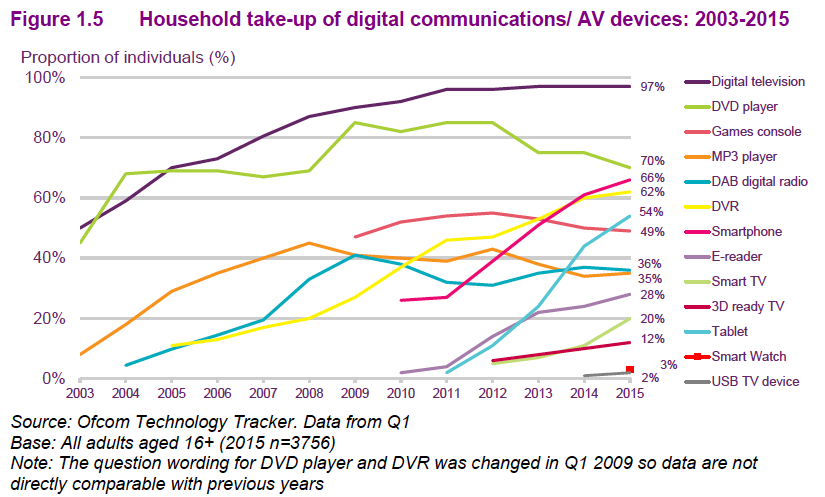
Is this the end for linear TV? As television and the internet become increasingly intertwined, Catherine Johnson investigates UK broadcasters’ evolving strategies to deliver TV online.
Read more »

TV on demand: always there when you need it, but for what? Paul Grainge explores the promotional imagination of on-demand television, and the move from “platform mobility” to current industry rhetoric of “need-states.”
Read more »
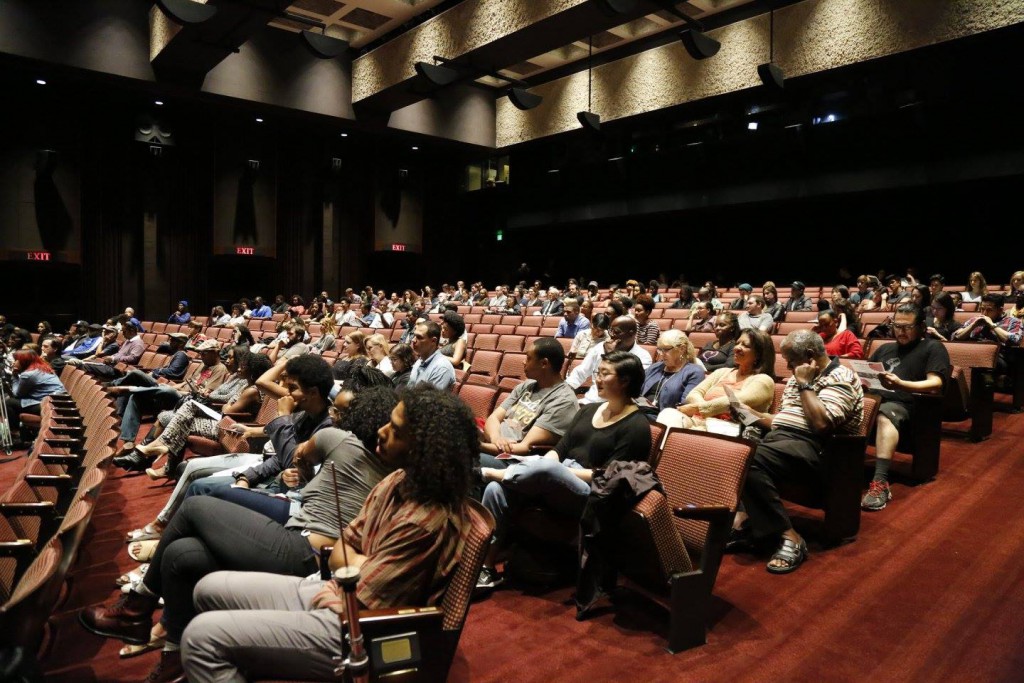
USC School of Cinematic Arts hosted its first forum, “On the Fringe: Understanding Alternative and Subversive Media." The two-day event had numerous panels and included special presentations on Blaxploitation and the Academy Film Archive.
Read more »
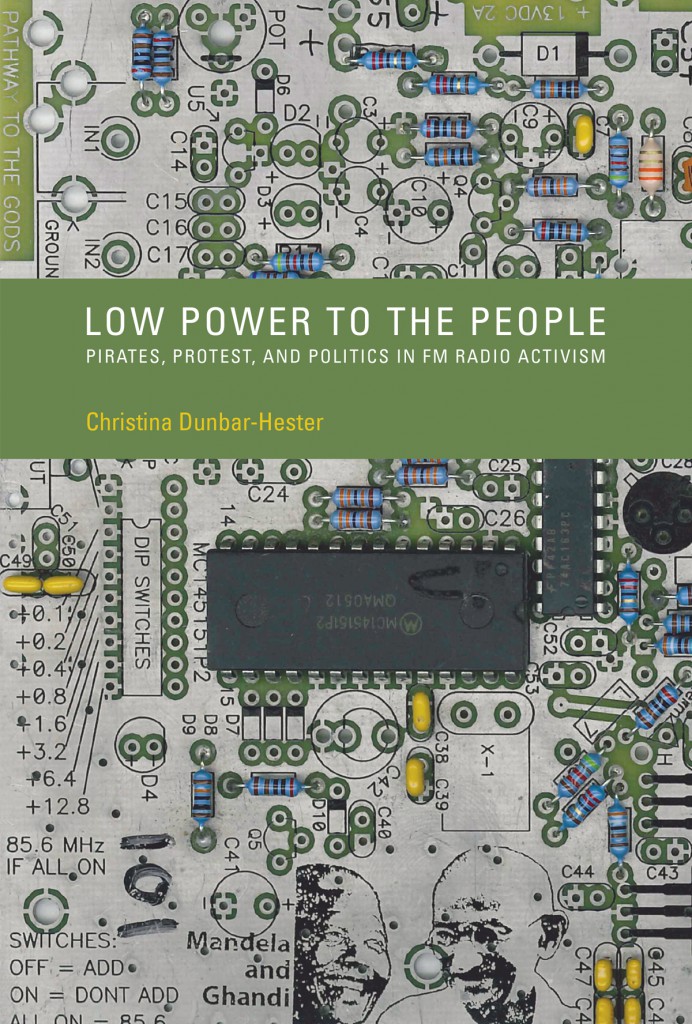
Dialogue between Christina Dunbar-Hester and Sanjay Jolly about the state of radio activism and low power FM radio.
Read more »

Amid continued proclamation of 3D television's "failure," Nick Camfield looks at 3D home video's contributions to the afterlife of historical 3D films.
Read more »

Amid Europe’s so-called “migrant crisis” and extensive media and government interest in immigration, Lincoln Geraghty looks at British children’s film Paddington’s compellingly topical contribution to discourses of migration.
Read more »

How do producers of digital commons establish relations with the market, and how do they create economic value through their practices? An attempt to go beyond common misconceptions is done through looking at the phenomenon of “open movies” production within the 3D Blender and 2D Synfig animation communities.
Read more »

In her fourth and final post on the 2015 New York Film Festival, Martha Nochimson talks about loss as an organizing principle for Michael Moore's documentary Where to Invade Next and Don Cheadle's biopic Miles Ahead.
Read more »
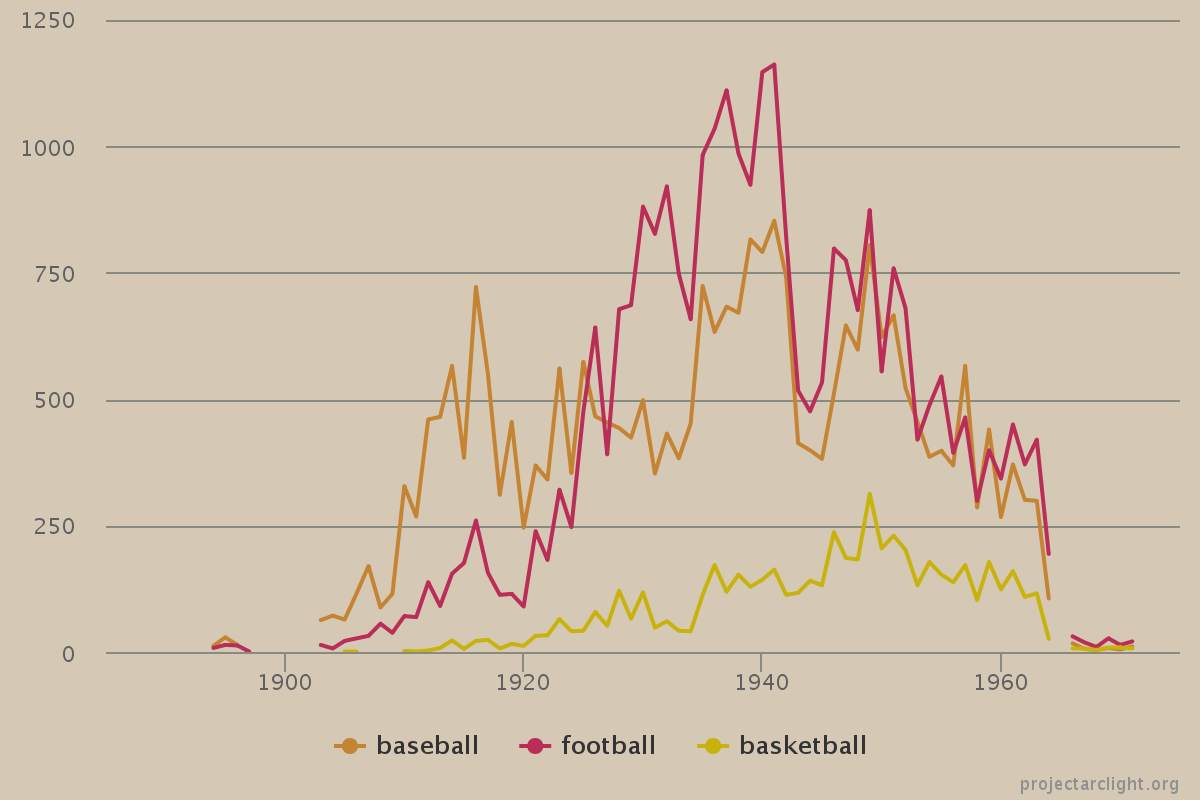
Today we publicly launch our software, Project Arclight, a new digital tool you can take advantage of in your research and the classroom.
Read more »

In part three of her series on the 2015 New York Film Festival, Martha Nochimson explores the thematic significance of connection in Jia Zhang-ke's Mountains May Depart, James D. Solomon's The Witness, and Stephane Brizé's Measure of a Man.
Read more »
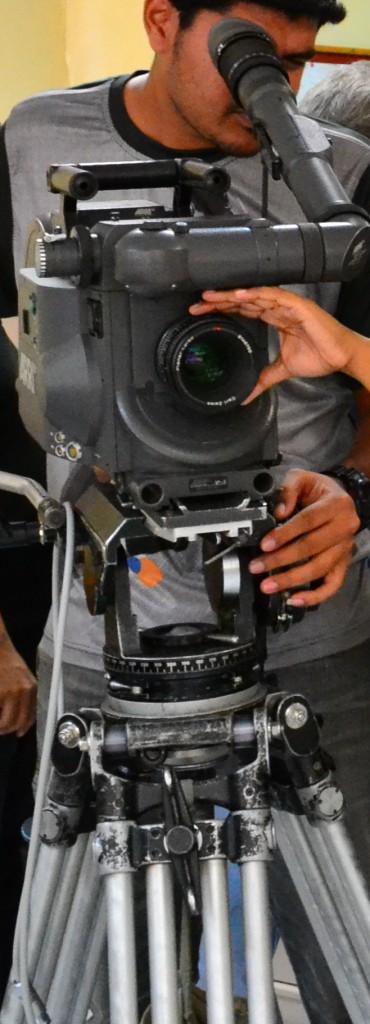
Kiranmayi Indraganti offers an insider view of production training in India's film schools, addressing the dynamic negotiation of dominant industry styles and arthouse realism against a backdrop of fast-globalizing cultures and audiences.
Read more »